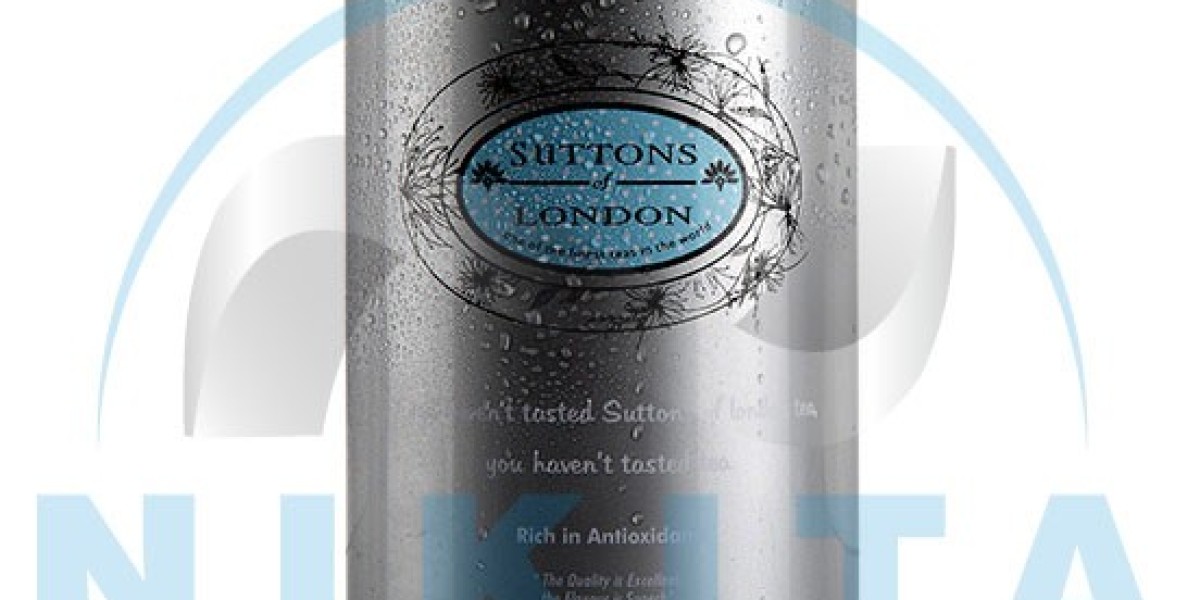Metal food packaging containers have evolved beyond simple cans and jars, with modern designs reflecting innovation in functionality, convenience, and sustainability. Today, companies are responding to consumer demand for convenient, eco-friendly, and aesthetically pleasing packaging by developing new metal packaging solutions that prioritize user experience and environmental impact.
Trend 1: Lightweight and Minimalist Packaging
Reduced Material Use for Eco-Friendliness
One of the most prominent trends in metal packaging is lightweighting, where containers are designed using less material without sacrificing durability or protective qualities. Advances in material engineering have enabled manufacturers to create thinner, lighter metal containers that reduce raw material use, energy consumption, and transportation costs. This eco-conscious approach addresses sustainability concerns while maintaining the strength and functionality that metal packaging is known for.Minimalist Aesthetics and Branding
In addition to reduced material use, minimalist designs have become increasingly popular, with clean lines, simple labeling, and uncluttered designs that appeal to modern consumers. These minimalist packages often showcase a sleek metal finish that emphasizes the natural beauty of metal, providing a premium look that resonates with quality-conscious consumers. The trend toward minimalist aesthetics aligns with consumer preferences for simple, sustainable packaging that reflects a brand’s commitment to environmental responsibility.
Trend 2: Smart and Interactive Packaging
QR Codes and Digital Connectivity
Smart packaging is making its way into the metal packaging industry, with QR codes and NFC (Near Field Communication) technology embedded into packaging. By scanning these codes with a smartphone, consumers can access information about product origins, nutritional details, or even recipes, making packaging an interactive part of the product experience. This connectivity appeals to tech-savvy consumers, particularly those interested in traceability and transparency in the food supply chain.Temperature-Sensitive Labels
Another innovation in smart packaging includes temperature-sensitive labels and indicators that show whether a product has been stored at safe temperatures. These visual indicators can help ensure food safety, especially for temperature-sensitive items such as dairy or seafood. This technology helps consumers make informed decisions about the freshness and safety of products, adding an extra layer of confidence when choosing items with metal packaging.
Trend 3: Convenient Resealable and Portion-Control Designs
Resealable Lids for Reusability
Resealable metal containers have grown in popularity, allowing consumers to use part of a product and store the rest securely for later. Resealable lids on metal cans or jars make the container easier to use and extend its lifespan, catering to convenience-minded consumers. Resealable packaging also appeals to those who prefer reusable options, as it reduces the need for additional storage containers at home.Single-Serve and Portion-Control Containers
In response to demand for on-the-go options and reduced food waste, manufacturers are developing portion-controlled, single-serve metal packaging. These containers are ideal for busy consumers who want quick, easy access to food without opening large containers that might go to waste. Portion control is especially popular for snack foods, beverages, and meal prep items, providing both convenience and freshness with each portioned package.
Trend 4: Versatile Shapes and Functional Designs
Custom Shapes for Shelf Appeal
Metal packaging is moving beyond the traditional cylindrical can shape, with manufacturers experimenting with unique shapes that improve both aesthetics and functionality. Customized shapes allow brands to stand out on shelves and cater to specific food products, such as square or oval containers for easy stacking or storage. Unique shapes enhance visual appeal while providing practical benefits, such as fitting more easily in cupboards or refrigerators.Stackable and Nestable Designs
Stackable and nestable designs in metal packaging are particularly valuable for food storage, as they make products easier to handle and store. These containers often feature interlocking designs that allow consumers to stack them securely, reducing clutter and maximizing space. This innovation also benefits manufacturers by improving transportation efficiency and reducing damage during shipping.
Trend 5: Decorative Finishes and Eye-Catching Graphics
Advanced Printing Techniques
Printing technology has advanced to allow high-definition graphics, vibrant colors, and intricate designs to be directly applied to metal packaging. These graphic innovations allow brands to create eye-catching packages that reflect the product’s quality and attract consumer attention. With the ability to showcase detailed images and information on metal containers, manufacturers can use their packaging as an effective marketing tool.Textured and Embossed Finishes
To further enhance the appeal of metal packaging, companies are experimenting with textured or embossed finishes. Textured finishes can create a tactile experience, while embossing adds depth and visual interest, reinforcing the brand’s identity and making the product feel premium. These decorative touches are particularly popular for high-end or specialty food products, where packaging is as much about experience as it is about functionality.
Trend 6: Transparent Windows and Dual-Material Packaging
Transparent Windows for Product Visibility
Although metal packaging typically conceals its contents, some manufacturers are incorporating transparent windows into metal containers to give consumers a view of the product inside. These windows are made from materials like PET plastic or glass and are securely integrated into the metal container, maintaining its strength while showcasing the food. Transparency appeals to consumers who want to see what they’re buying, creating trust and enhancing the overall experience.Dual-Material Packaging for Hybrid Benefits
Dual-material packaging combines metal with other materials, like plastic or cardboard, to create hybrid designs that balance strength, visibility, and cost-effectiveness. For instance, a metal base with a transparent plastic top allows consumers to see the product while enjoying the protective benefits of metal packaging. These combinations enable manufacturers to offer the best of both worlds, attracting consumers with practical and aesthetic appeal.
Trend 7: Sustainability-Driven Innovations
Biodegradable and Plant-Based Coatings
Innovations in biodegradable and plant-based coatings align metal packaging with eco-friendly standards, minimizing the environmental impact of coatings used in metal containers. These sustainable coatings ensure that the interior of the container remains safe and non-reactive without compromising its recyclability. As consumers become more environmentally conscious, these innovations appeal to those who prioritize brands committed to reducing their environmental impact.Increased Use of Recycled Content
Using high levels of recycled content in metal packaging production is a growing trend. Incorporating recycled aluminum or steel reduces the need for virgin materials, conserves resources, and lowers the carbon footprint of the production process. This trend also appeals to consumers who value recycled and sustainable products, as it aligns with broader environmental goals and reflects the brand’s commitment to circular economy practices.
Conclusion
Innovative designs in metal food packaging are reshaping the industry, reflecting shifts in consumer preferences toward convenience, sustainability, and aesthetics. From lightweight and resealable options to decorative finishes and smart packaging technology, metal containers are adapting to modern demands for both functionality and visual appeal.
These trends highlight the versatility of metal packaging, making it a forward-thinking choice for food manufacturers and consumers alike. As innovations continue to emerge, metal food packaging containers will likely maintain a leading role in sustainable and consumer-friendly packaging solutions.










